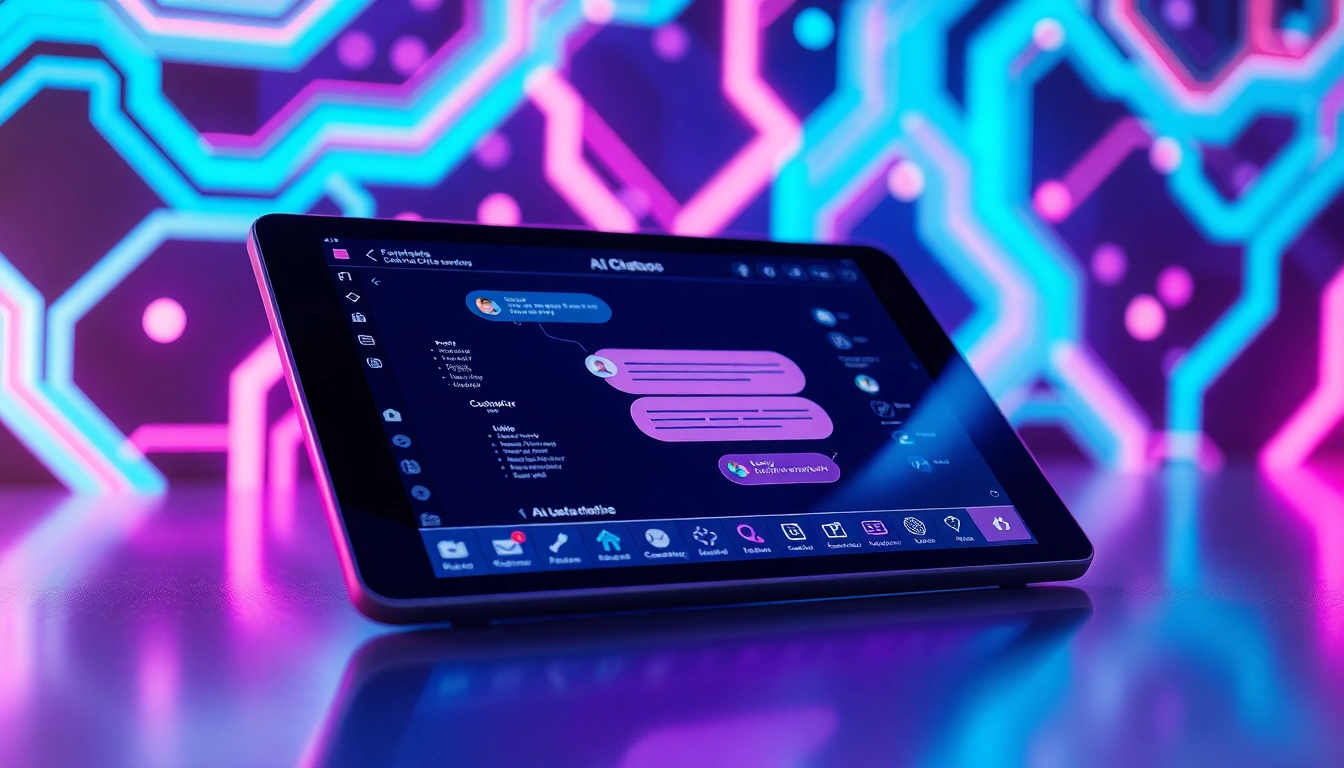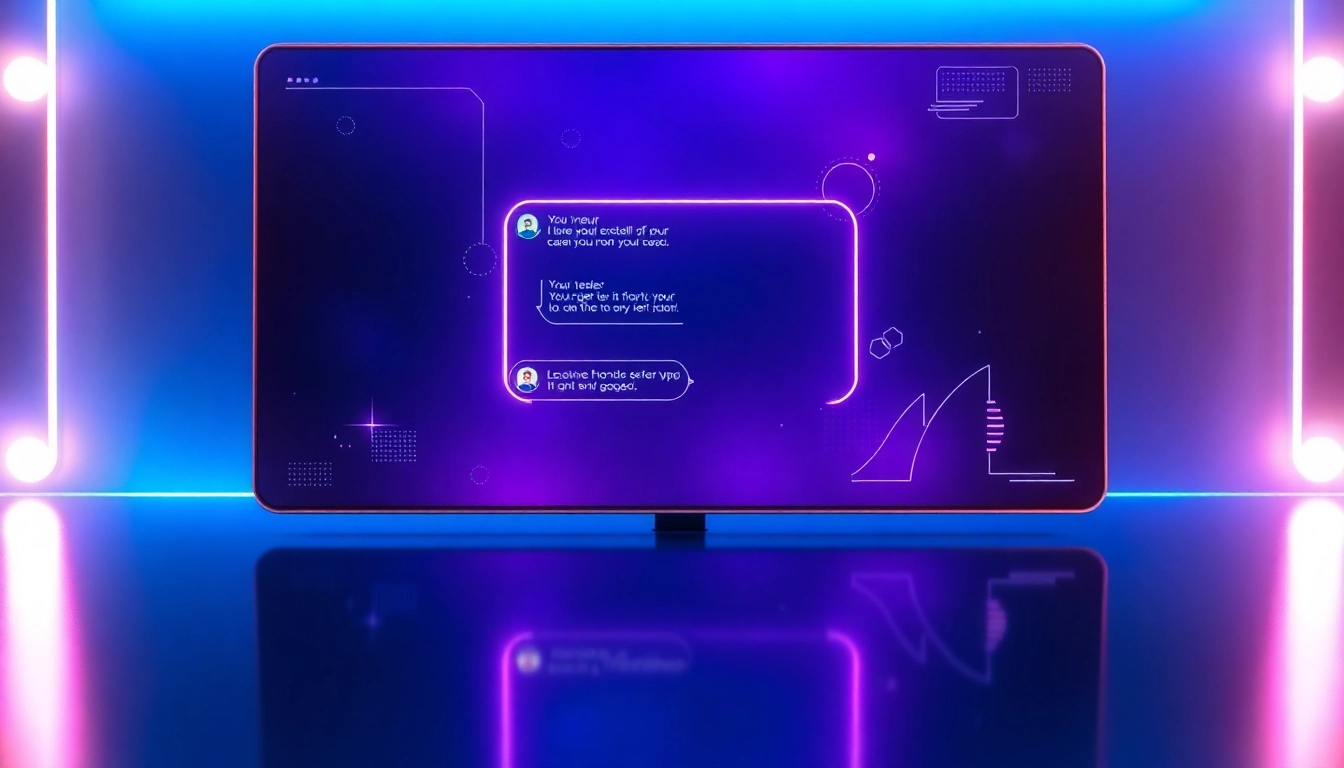The Evolving Landscape of Slang and AI Integration
Language is a dynamic and ever-changing facet of human culture, continually shaped by social trends, technological advancements, and shared experiences. In recent years, the intersection of slang and artificial intelligence has become increasingly prominent, influencing how we communicate, develop digital identities, and even perceive ourselves. One notable example of this phenomenon is the term dilf meaning. Originating from colloquial slang, this term has transcended its initial context to become part of broader cultural conversations, especially with the advent of AI-powered platforms that facilitate personalized and context-aware interactions. As AI continues to embed itself in our daily lives, the way we adopt, adapt, and generate new slang—particularly through the lens of digital personas—reflects a fascinating trend towards greater linguistic creativity and social connectivity.
Understanding the Origin and Cultural Significance of DILF
What Does DILF Mean? A Closer Look
The acronym DILF stands for “Dad I’d Like to F*,” a provocative term that gained popularity in internet slang and pop culture. Its origins date back to early online communities and meme culture, where it was used humorously or admiringly to describe attractive middle-aged fathers. Over time, the term has evolved from a taboo phrase into a more mainstream part of digital vernacular, often appearing in social media, memes, and even casual conversations. Its significance lies not just in its shock value but also in how it encapsulates changing perceptions of attractiveness, masculinity, and familial roles in modern society.
Moreover, the cultural implications of DILF extend beyond mere humor. It reflects a shift towards more open attitudes regarding sexuality and age, as well as the blending of traditional gender roles with contemporary expressions of individual identity. The term’s rise also demonstrates the fluidity of language in digital spaces, where words can rapidly gain popularity, mutate in meaning, and influence broader cultural dialogues.
The Cultural Impact of DILF
In popular culture, DILF has been embraced by various media, from television shows to social media influencers, often used to challenge stereotypes about aging and attractiveness. It embodies a form of playful rebellion against conventional standards, emphasizing that appeal and desirability are subjective and continually evolving. The term also fosters a sense of community among those who find humor or empowerment in redefining traditional notions of masculinity and parenthood.
The Intersection of DILF and AI: How Technology Shapes Modern Slang and Identity
AI’s Role in the Evolution of Slang
Artificial intelligence has revolutionized the way language is created, processed, and disseminated. AI language models, such as GPT-4o mini and Claude 3.5 Sonnet, are capable of understanding and generating human-like responses, effectively acting as digital mirrors of our linguistic creativity. These models are trained on vast datasets that include contemporary slang, idioms, and cultural references, allowing them to both comprehend and produce language that resonates with current social trends.
Platforms like CrushOn AI exemplify how AI is not just a passive tool but an active participant in shaping digital language. Through customizable AI characters, users can experiment with creating personas that embody specific slang terms or cultural archetypes—such as a DILF-themed character—thus contributing to the ongoing evolution of slang in a highly interactive manner.
Digital Personas and Self-Expression
In digital environments, AI characters serve as extensions of personal identity, enabling users to explore different facets of their personality or cultural interests. For example, a user might create an AI persona that embodies the playful, confident attributes associated with DILF slang, fostering new ways of self-expression and social interaction. This phenomenon underscores how AI-driven platforms are transforming language from static text into dynamic, experiential exchanges, where cultural slang is both celebrated and contextualized within personalized narratives.
The Power of Context and Memory in AI Conversations
Advanced AI platforms like CrushOn AI incorporate contextual memory, allowing conversations to maintain coherence over multiple sessions. This feature is crucial for developing rich, authentic interactions where slang terms like DILF can be used naturally, with the AI understanding nuances and cultural implications. For digital communities and roleplaying scenarios, this capacity enhances engagement, making AI characters appear more relatable and culturally aware, thus fostering deeper connections and shared understanding.
How AI-Generated Personas Are Changing Digital Spaces
Creating Custom Characters with Specific Traits
One of the most compelling features of CrushOn AI is the ability to design characters with tailored personalities, backstories, and traits. Users can select from a library of pre-made characters or craft their own, specifying details that align with their interests or desired interactions. For instance, a user interested in exploring the DILF persona can create a character that embodies traits associated with attractiveness, confidence, humor, or other qualities that resonate with the slang’s cultural connotations.
This level of customization fosters creative storytelling, roleplay, and casual conversations that feel more authentic and immersive. It also allows users to experiment with different cultural archetypes, including those that are emerging or niche, such as DILF-themed personas, thereby contributing to a diverse and evolving digital lexicon.
The Role of Advanced Language Models in Enhancing AI Interactions
Models like GPT-4o mini and Claude 3.5 Sonnet leverage deep learning to generate responses that are contextually appropriate, nuanced, and natural-sounding. They understand subtle linguistic cues, emotional tones, and cultural references, making AI conversations more engaging and believable. This technological sophistication is especially vital when discussing slang terms like DILF, which often carry layered meanings and social implications.
By integrating these advanced models, platforms like CrushOn AI deliver AI personalities capable of nuanced humor, empathy, and cultural awareness, enabling users to explore complex topics or casual banter effortlessly. The result is a digital environment where slang and cultural idioms are not just understood but are seamlessly woven into ongoing dialogues.
Ethical Considerations and Cultural Impacts of AI Personas and Slang
Navigating Cultural Sensitivity and Appropriateness
As AI increasingly adopts and reproduces slang terms and cultural archetypes, questions of ethics and cultural sensitivity arise. Terms like DILF, while popular, can be provocative or offensive depending on context and audience. Developers and users must be mindful of how AI personas are portrayed, ensuring respectful and inclusive representations that do not perpetuate stereotypes or marginalize groups.
The Responsibility of AI Creators and Users
Creators of AI platforms bear a responsibility to implement safeguards against misuse, such as generating offensive content or reinforcing harmful stereotypes. Users, too, should be encouraged to engage responsibly, recognizing the cultural weight behind slang terms and the importance of context. Dialogues about consent, appropriateness, and cultural sensitivity are essential as AI becomes more embedded in social interactions.
Impact on Cultural Shifts and Language Evolution
AI’s role in shaping modern slang can accelerate language change, making slang more accessible or widespread. While this democratization fosters inclusivity and creativity, it also risks diluting or misrepresenting cultural nuances. Striking a balance between innovation and respect is key to ensuring that AI-driven language evolution enriches rather than erodes cultural diversity.
Future Trends: AI, Slang, and Digital Identity in Social and Entertainment Realms
Emerging Technologies and Cultural Innovation
The future of AI and slang is intertwined with ongoing technological innovations, such as augmented reality , virtual reality , and more sophisticated natural language understanding. These advancements will enable even more immersive and personalized experiences, where digital personas can embody complex cultural identities, including slang-driven archetypes like DILF, in virtual worlds and social platforms.
Influence on Social Media and Entertainment
As AI-generated characters become more prevalent, we can anticipate new forms of entertainment—interactive storytelling, virtual influencers, and roleplay communities—that leverage slang and cultural references for authenticity and engagement. These platforms will serve as both creative outlets and social spaces where language continues to evolve dynamically.
The Role of Digital Identity and Personalization
Personalized AI personas will increasingly reflect individual interests, cultural backgrounds, and linguistic preferences. This personalization fosters a sense of belonging and identity, allowing users to explore and express facets of themselves through AI characters that speak their language and embody their cultural references, including slang terms like DILF.
Conclusion: Embracing Cultural Shifts with Innovative AI Technology
The convergence of slang, cultural identity, and artificial intelligence marks a significant milestone in digital communication. Platforms like CrushOn AI exemplify how customizable AI characters can facilitate creative expression, foster community, and reflect cultural trends—including provocative terms like dilf ai. As technology advances, it is vital to navigate these changes responsibly, respecting cultural sensitivities while embracing the innovative potential of AI-driven language and identity exploration. Ultimately, this synergy between human creativity and artificial intelligence offers endless possibilities for shaping the future of social interaction, entertainment, and cultural evolution, making our digital spaces more vibrant, inclusive, and expressive than ever before.



